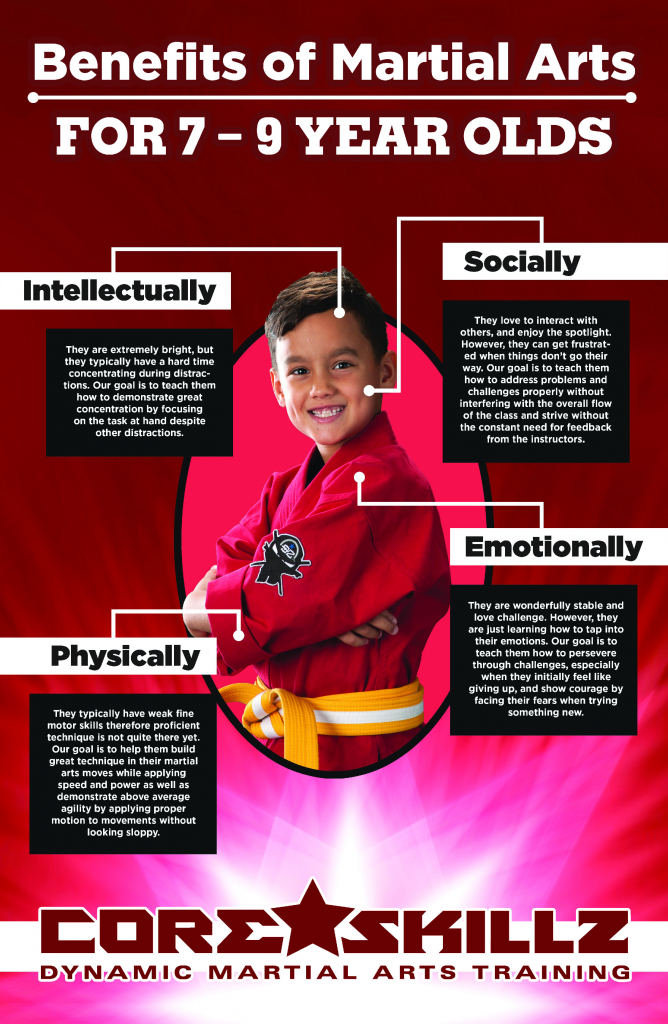The Value Of Adaptability In Martial Arts Instruction
The Value Of Adaptability In Martial Arts Instruction
Blog Article
what do martial arts studios for adults look like By-Delaney Lawrence
Did you understand that versatility plays an essential role in martial arts training?
As god of martial arts of fact, a research study carried out by the International Journal of Sports Physical Treatment revealed that over 80% of martial musicians have problem with restricted flexibility.
But why is flexibility so vital? Well, it not just boosts your efficiency and method however additionally minimizes the threat of injuries.
So, if you're seeking to take your martial arts abilities to the following degree and remain injury-free, you'll certainly intend to maintain reading.
Advantages of Versatility in Fighting Style
Flexibility in martial arts brings countless benefits to professionals, permitting you to enhance your performance and decrease the danger of injury. By boosting your flexibility, you raise your variety of activity, enabling you to carry out methods with better precision and effectiveness.
This improved dexterity and fluidness in your motions can provide you a competitive edge, allowing you to react quicker and adapt to different circumstances during sparring or competitors. Furthermore, enhanced adaptability assists to stop injuries by enhancing muscle flexibility and joint movement.
It allows your body to move a lot more easily, reducing the stress on your muscles and tendons. This, in turn, lessens the chances of sprains, strains, and muscle mass pulls. By incorporating flexibility training right into your fighting styles method, you not just enhance your performance yet additionally protect your physical well-being.
Methods to Boost Versatility
To boost your adaptability in fighting styles, you can include different extending exercises into your training routine.
One effective method is dynamic stretching, which involves moving with a full range of motion to warm up your muscle mass and enhance adaptability. Examples include leg swings, arm circles, and trunk rotations.
One more method is fixed extending, where you hold a go for a continual period of time. This helps extend and unwind your muscular tissues, enhancing adaptability in time. Usual https://cons-of-teaching-kids-mar87542.blogginaway.com/34503118/empower-your-golden-years-practical-self-defense-techniques-for-senior-citizens for fighting styles consist of the butterfly stretch, hamstring stretch, and shoulder stretch.
In addition, including yoga or Pilates into your training can likewise substantially enhance your flexibility.
Bear in mind to constantly heat up before stretching and pay attention to your body to avoid injury.
Adaptability Training for All Ability Levels
As you advance in your fighting styles training, boosting your versatility ends up being essential for boosting your general performance. Versatility training isn't just advantageous for advanced experts yet also for beginners and intermediate trainees.
Regardless of your ability degree, integrating versatility exercises into your training routine will assist you create a vast array of activity, stop injuries, and improve your strategy implementation.
For newbies, adaptability training can assist enhance your type and posture, permitting you to perform motions properly and efficiently. Intermediate practitioners can make use of flexibility training to further increase their range of activity and improve their fluidness in performing facility techniques. Advanced students can benefit from adaptability training by keeping and refining their existing adaptability, enabling them to carry out sophisticated moves effortlessly.
Final thought
Finally, accepting versatility in your martial arts training is critical. By incorporating methods to enhance flexibility, you can enhance your performance and avoid injuries.
Remember, 'An adaptable body is a resilient body.' So, maintain pressing mouse click the up coming web site , stretching routinely, and reap the benefits of a flexible and nimble figure.
